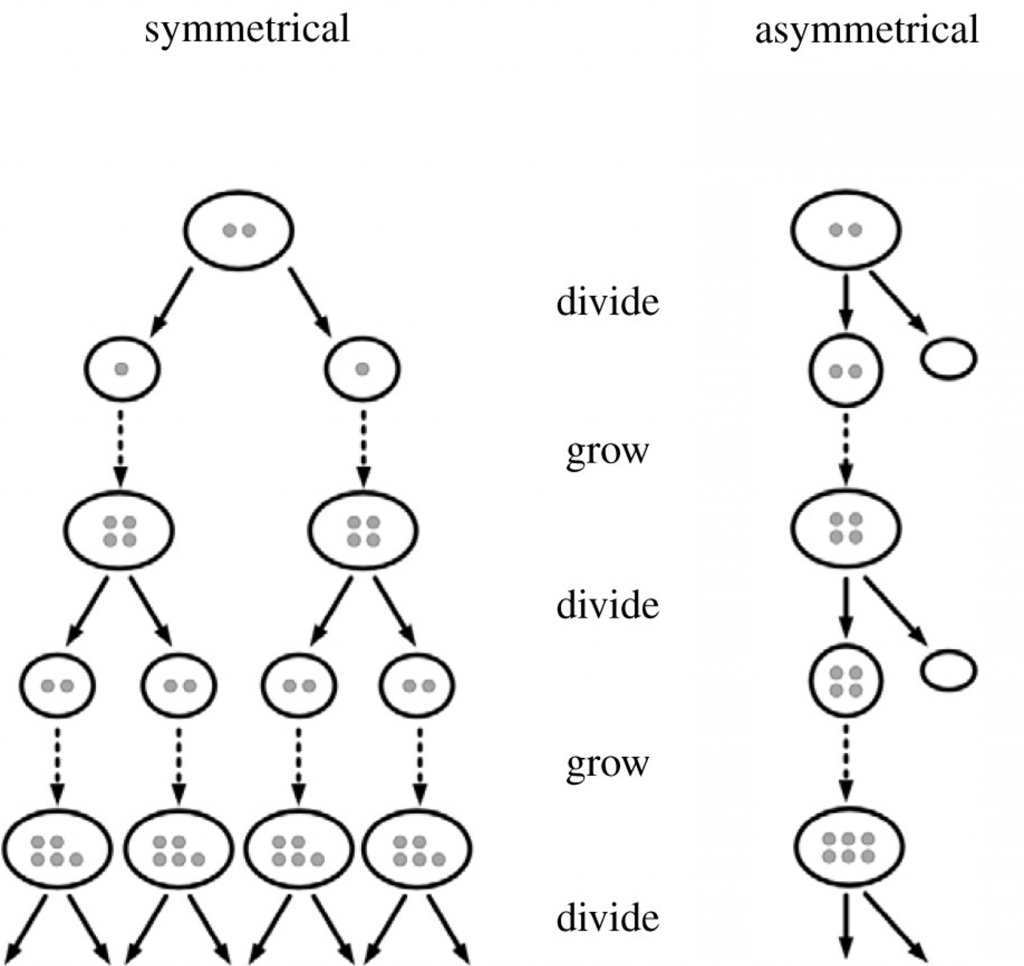Key Points:
- Sheldrake hypothesizes that we age because our cells cannot get rid of damaged material (but are capable of doing so).
- Sheldrake explains experiments that could change our worldview and how we interact with each other.
On the latest episode of The Sheekey Science Show, the rebel biochemist Rupert Sheldrake, Ph.D., divulges his paradigm for why we age and explains his heretical ideas. If his hypotheses are correct, they could forever change how we think about aging and the world.
Achieving Immortality at the Level of the Cell
Most aging biology scientists believe, in one way or another, that aging is caused by accumulated damage. The gradual wear and tear of our cells inevitably leads to death. They believe that aging begins at the level of the cell and when enough cells die, so do we. However, in a recent publication, Sheldrake describes the potential immortality paradigm, whereby all cells have the potential to be immortal.
Sheldrake and most biologists agree that our cells, before dying, can only withstand limited damage. They also inevitably produce dysfunctional material such as misfolded proteins and impaired mitochondria. Still, our cells possess a powerful waste-disposal system called autophagy, which degrades damaged proteins and mitochondria. However, even this waste-disposal system can become overwhelmed, leaving clusters of damaged material within cells.
Sheldrake argues that cells can be made immortal by ridding themselves of their damaged material. For example, he says that some stem cells can remain immortal by dividing asymmetrically. Asymmetrical division is when a dividing cell spreads its damaged material to only one copy while leaving the other copy rejuvenated (without damage). In contrast, symmetrical cell division is when damaged material is spread to both copies.

Sheldrake also gives the example of the immortal cells named after Henrietta Lacks (HeLa), an African-American woman who donated some of her cervical cancer cells in 1951. HeLa cells are still used in labs today and are kept alive via symmetrical cell division. Sheldrake argues that HeLa cells escape death by secreting their damaged material. Since HeLa cells are grown in a Petri dish and surrounded by an ample volume of growth medium, the secreted damaged material doesn’t harm surrounding cells.
Sheldrake explains that the reason cells in our body do not secrete their damaged material is because they would harm surrounding cells. Ultimately, he proposes nine experiments to empirically test what he calls the cellular rejuvenation process. If he is correct, scientists would need to change their views on aging and perhaps devise new methods for slowing aging by exploring Sheldrake’s paradigm.
Seven Experiments that Could Change the World
In 1994, Sheldrake published his book Seven Experiments That Could Change The World: A Do-It Yourself Guide to Revolutionary Science by Rupert Sheldrake. On The Sheekey Science Show, aging biology scientist Eleanor Sheekey, Ph.D, asked Sheldrake which experiments he thinks are the most important today. Sheldrake then points to experiments from the book that have since been successfully completed.

One example is a series of experiments showing that animals can predict when their owner is coming home, sometimes 30 minutes ahead of time, despite random timing and no familiar car sounds. From these experiments, Sheldrake reasons that pets can preemptively discern their owner’s intentions through some sort of telepathy — a scientific taboo.
The rebel scientist also mentions experiments showing that 95% of people can detect when they are being stared at from behind. He explains this by saying that minds could be connected through invisible fields. As an invisible electromagnetic field stretches beyond a cell phone, a similar field could be stretching beyond our brains. Sheldrake told Sheekey,
“I still think, when taken seriously, these phenomena will force us to expand our world view, which I think is much too limited at the moment… …Personally, I’m drawn to things we don’t understand. That’s what I find most exciting about science. I mean, a lot of people are not [drawn to what they don’t understand]. They prefer to work on arenas where it’s a matter of filling in the details.”
Sheldrake goes onto explain what he says is an official scientific heresy — his theory of morphic resonance — which involves form-shaping fields called morphic fields that “shape behavior as well as form.” In this theory, things that are the most similar resonate with each other and share memories. The scientist says the telepathy between different animals can be explained with morphic resonance.
Ultimately, his experiments have not changed the world because most people dismiss the peer-reviewed results, Sheldrake explains. Many do not bother reading the science, as they believe the experiments must surely be flawed. With that being said, for Sheldrake’s morphic resonance theory to catch on, more scientists would need to join in. This may take time, as it is difficult to argue with one of Sheldrake’s points — that many scientists are unwilling to take chances on new paradigms and are more comfortable filling in the details of established frameworks.